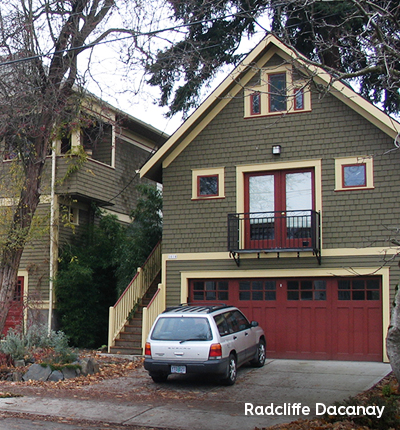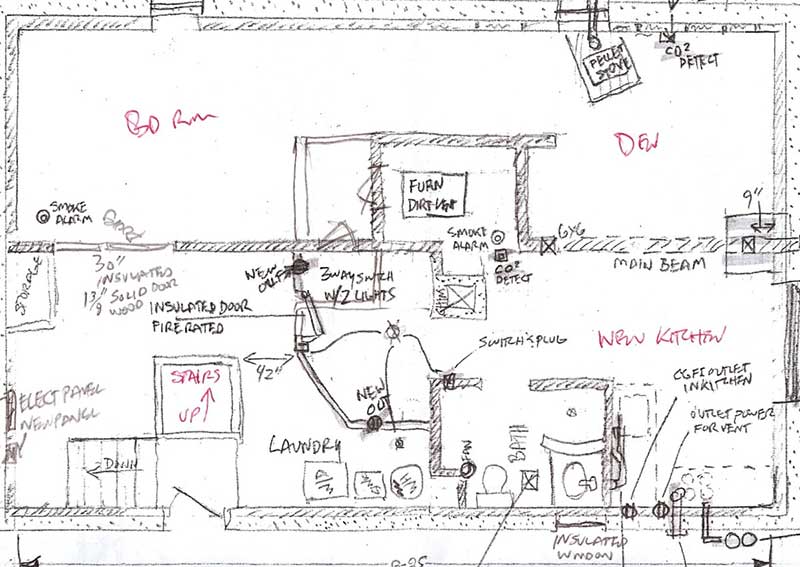An ADU constructed over a detached garage can be seamlessly incorporated into historic neighborhoods when designed appropriately.
How it Works
Accessory dwelling units enable municipalities to expand their housing stock and adapt housing options to meet the changing needs of homeowners and renters. ADUs can be attached or detached, but must be able to function independently from the primary unit. Municipalities can encourage development of ADUs through inclusion in their planning policies, zoning ordinances, subdivision and land development ordinances, and design guidelines as well as through education of the public regarding their benefits.
Benefits
Affordability
The cost to construct an ADU is typically lower than other housing options, as supporting infrastructure is often already in place. ADUs can create additional income for homeowners, and provide quality affordable housing options for renters.
Aging Population Support
ADUs can provide housing for a senior to live in proximity to family, for an in-home caretaker, or can provide a source of income for a senior homeowner after retirement. These same benefits can be realized for a disabled family member.
Open Space Protection
Development of ADUs can reduce demand for greenfield development, conserving and protecting valuable open space and natural resources.
Existing Infrastructure Efficiencies
As ADUs are constructed on existing properties, efficient use of existing infrastructure can be realized.
Neighborhood Character
ADUs can enable municipalities to expand their housing stock in a manner that fits into existing neighborhoods.
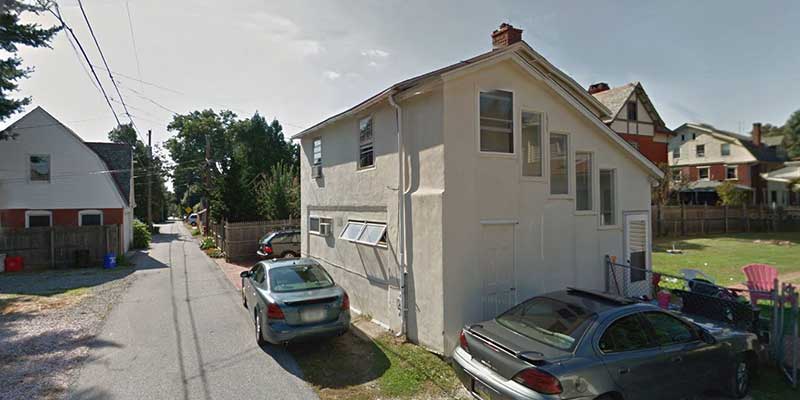
In some municipalities, adaptive reuse of historic structures such as carriage houses is encouraged to preserve these structures. West Chester borough allows this practice.
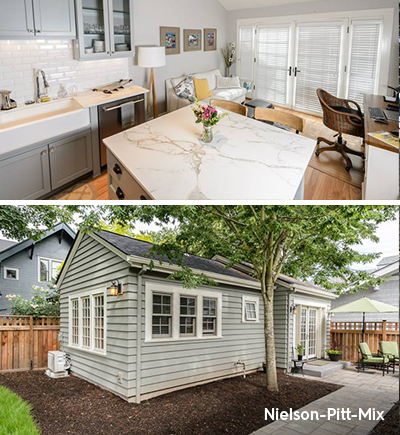
Properly scaled ADUs allow for their placement on an existing property that does not alter the existing neighborhood aesthetic.
Get Started
Before a property owner can construct and occupy or rent an ADU, they need to determine if and how the use is permitted in their municipality. Zoning ordinance provisions determine if ADUs are permitted by-right, special exception, or conditional use, and determine in which districts ADUs are permitted. For the multiple benefits to be realized, municipalities should review their ordinance provisions with respect to ADUs and amend as appropriate.
Regulatory provisions for ADUs should address appropriate standards for these units. Issues to be considered and addressed when developing regulatory standards include:
- Is there adequate availability for sewage disposal and water?
- Will the ADU be allowed as a detached accessory structure and/or within the principal dwelling unit?
- What will the lot and bulk requirements be if the unit is detached?
- How will the entrance to the ADU be oriented relative to neighboring properties?
- Will the overall design of the ADU be required to complement or be consistent with the principal dwelling and/or the surrounding neighborhood?
- What minimum and maximum square footage will be allowed for the ADU?
- What is the maximum percentage of the total square footage that can be used for the ADU to ensure it remains secondary in character to the primary dwelling unit?
- What is the minimum lot size on which an ADU unit will be permitted?
- What are the minimum parking provisions for the additional unit?
Related to regulating and permitting ADUs, municipalities need to determine any ongoing inspection process, and determine if they are restricting these types of units from being used for short-term rental purposes (e.g. AirBnB). Incentivizing ADU development and desired housing types could be accomplished with reduced fees, additional technical assistance, pre-approved design concepts, and ADU loan programs.
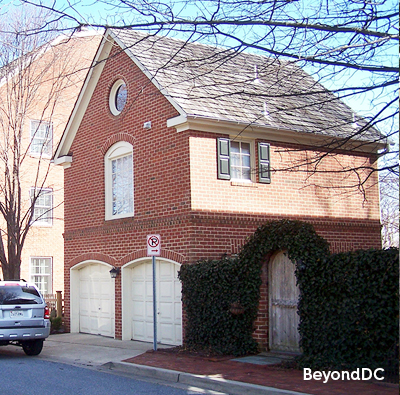
Use of similar materials and complementary architectural designs are essential in minimizing impacts of an ADU to the surrounding neighborhood.
Considerations
Neighborhood Compatibility
Since an ADU can take a variety of different physical appearances, standards should be developed to best integrate these facilities seamlessly into the existing built environment. Compatibility with historic buildings and neighborhood character should be taken into consideration where ADUs are permitted.
Occupancy Requirements
Careful consideration needs to be given regarding whether to impose occupancy restrictions on an ADU unit. Restricting occupancy of the ADU to family members or caretakers may unduly burden the property owner and create an enforcement issue for the municipality while limiting the potential benefits. Requiring the property owner to reside in one of the units can often address municipal and adjacent owner concerns without creating enforcement problems. Regulating the ADU to prevent conversion to a short-term rental is a separate occupancy issue for the municipality to determine.
Neighborhood Opposition
While ADUs are common in some areas of Chester County, the lack of familiarity with their function in practice may cause pushback from adjacent residents. Municipalities should consider appropriate regulations based on availability of services, lot sizes, and related issues, working with community members to determine how to best provide for a range of housing options for residents. Consideration should be given to the development of fact sheets with local examples of ADUs to educate the public on the issue.
Existing Unregulated Units
Municipalities may have existing unpermitted units and may want to create a system to incentivize these units to be registered.
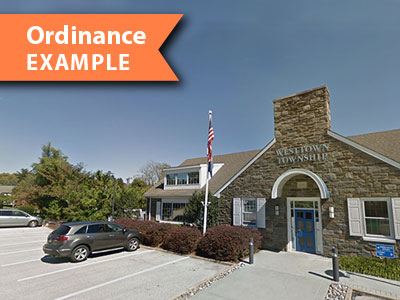
Examples
Westtown Township
Section 170-1603(A) of the Westtown Township Zoning Ordinance provides standards for the construction of family-occupied ADUs that are permitted by special exception in most residential districts.
The township has additional standards under Section 170-1619 to allow for an ADU to be converted by special exception into a rental unit that does not have the restriction of only being occupied by family members.
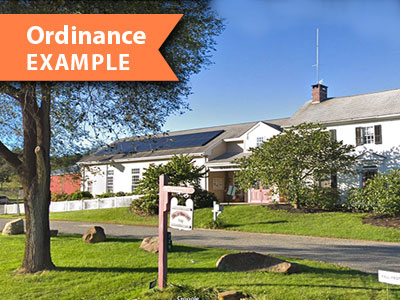
West Vincent Township
Section 2201(E) of the West Vincent Township Zoning Ordinance provides standards for the construction of ADUs that are permitted by-right in most residential districts.
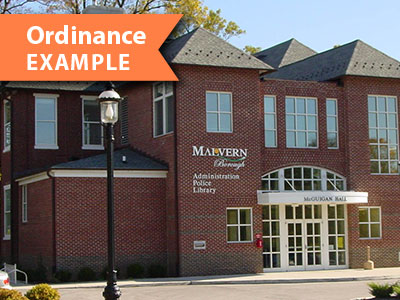
Malvern Borough
Section 220-2401(A)(11) of the Malvern Borough Zoning Ordinance provides standards for the construction of supplemental dwelling units in several of their residential districts that are permitted by special exception.
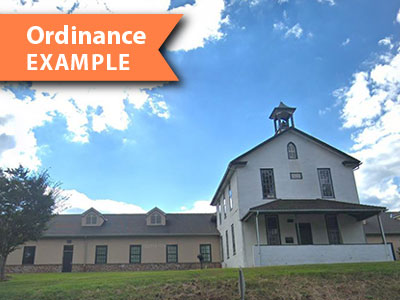
East Brandywine Township
Section 399-91 of the East Brandywine Township Zoning Ordinance provides standards for the construction of ADUs that are permitted mostly by special exception, but in some limited circumstances by-right, in most residential districts.



